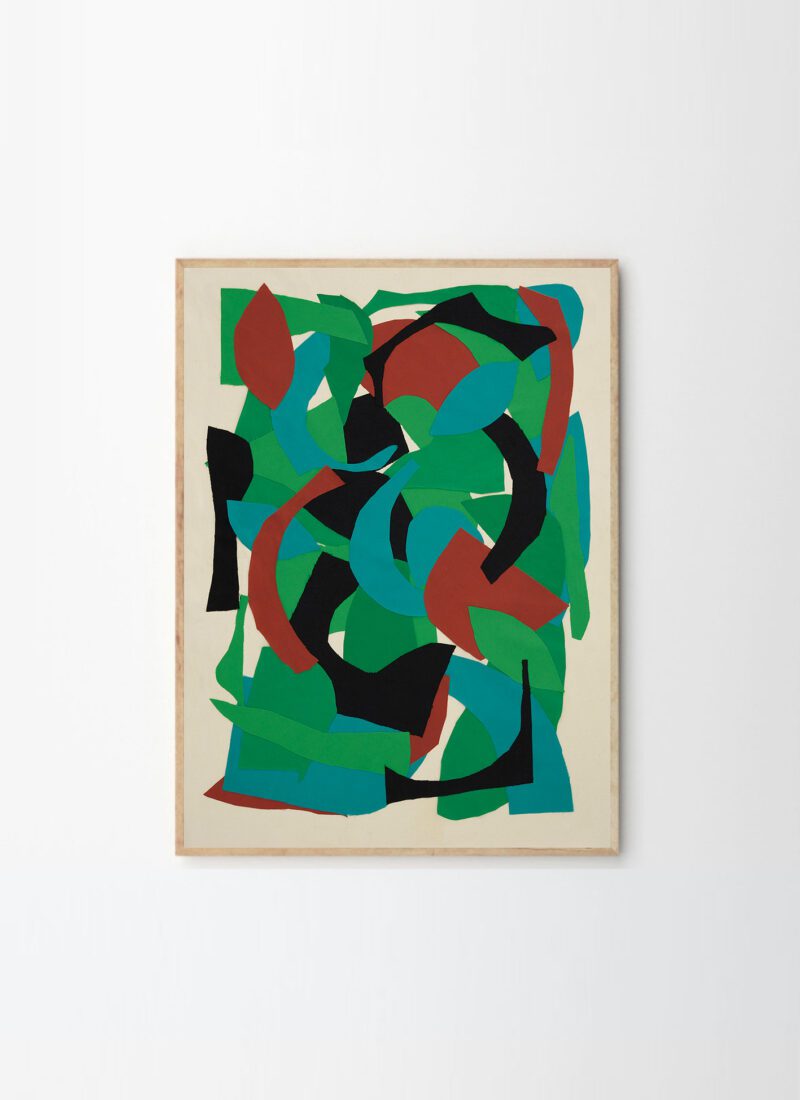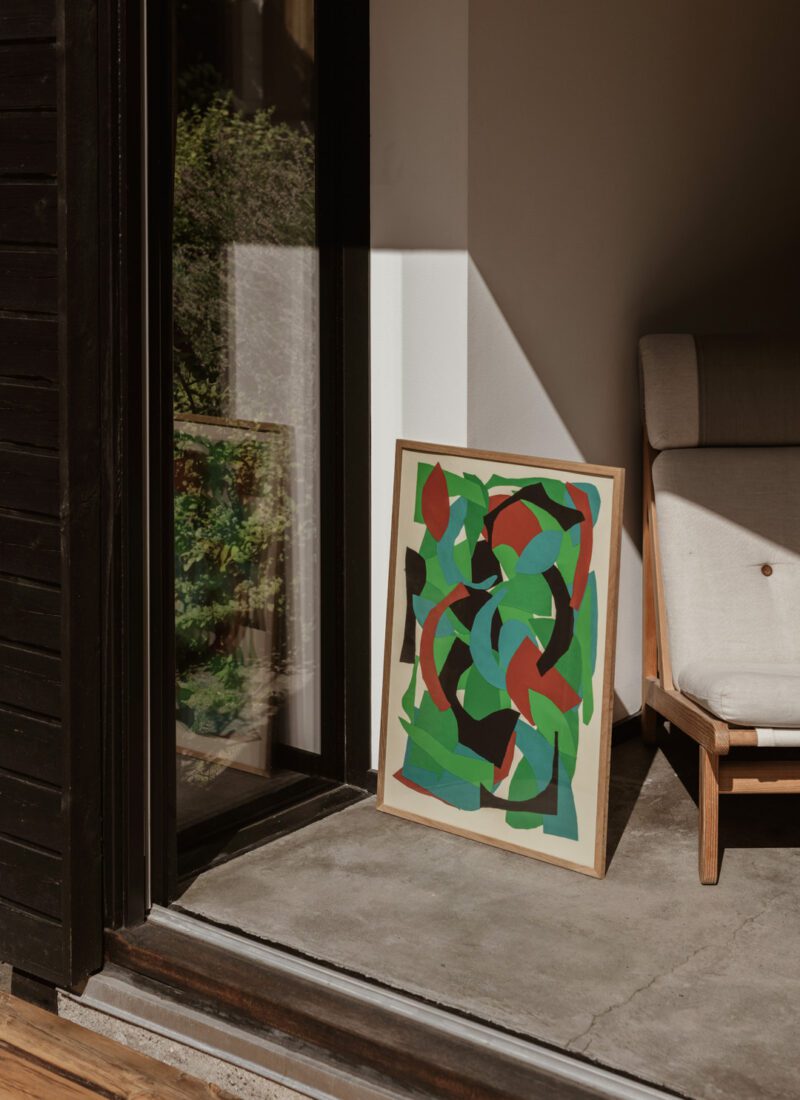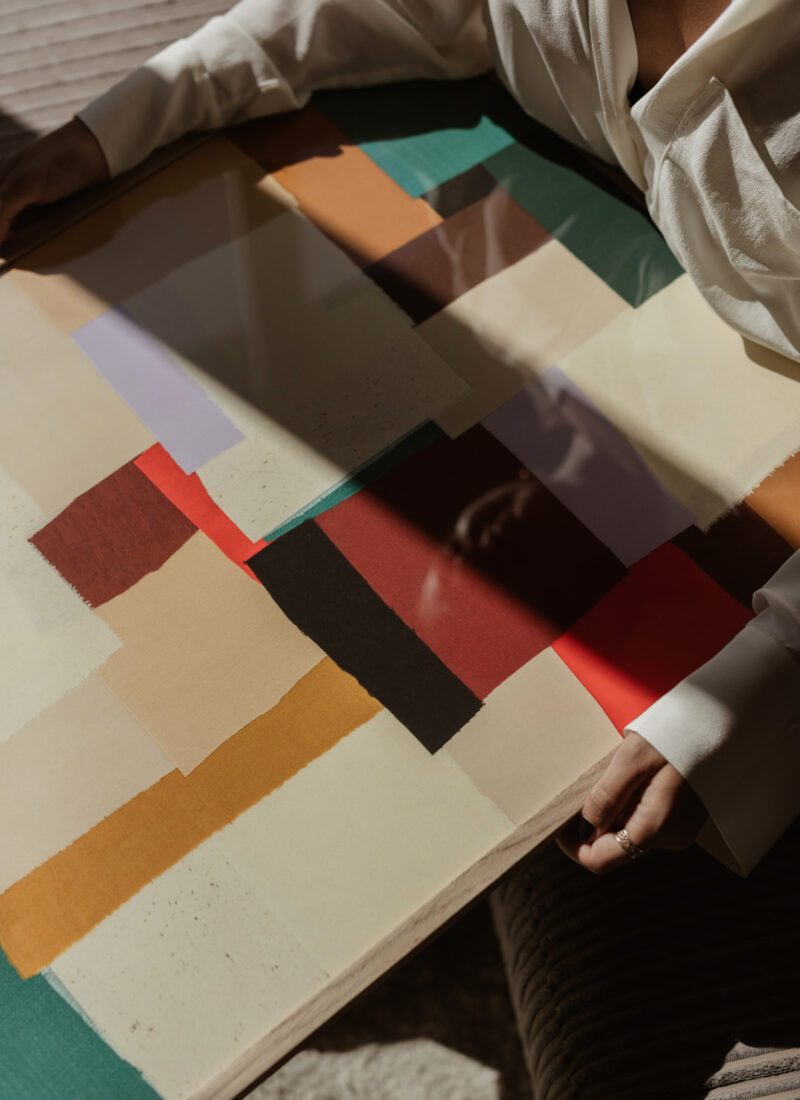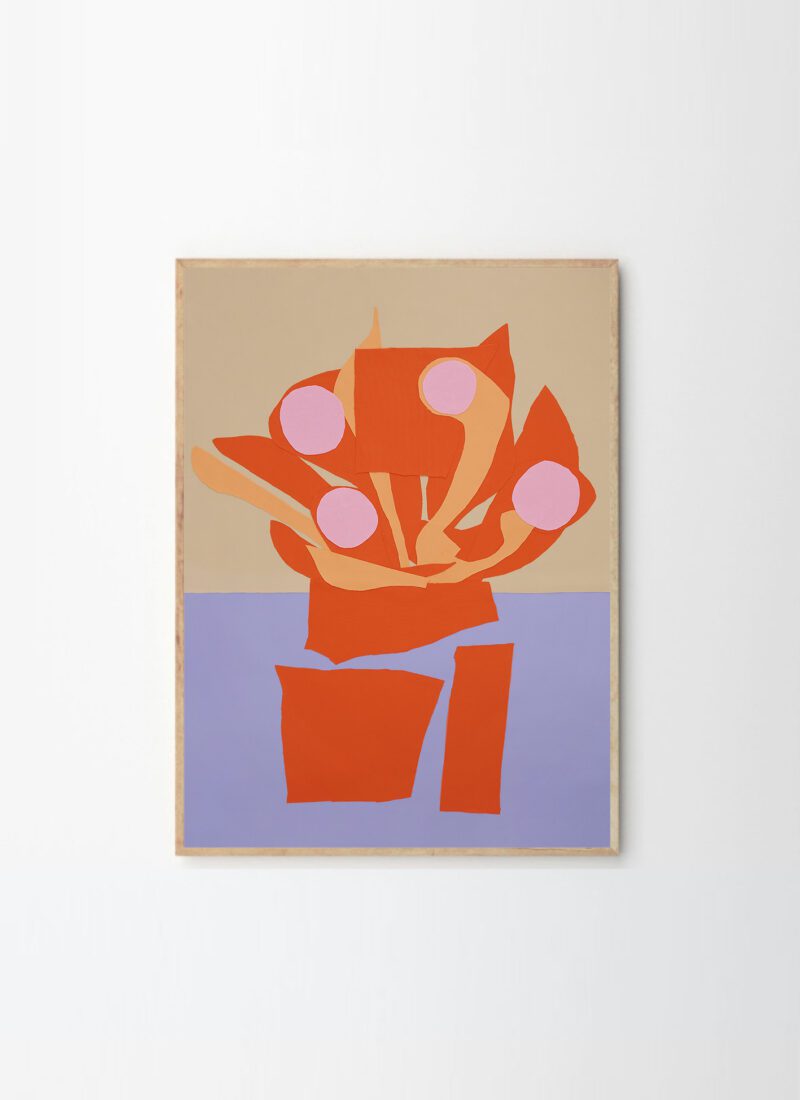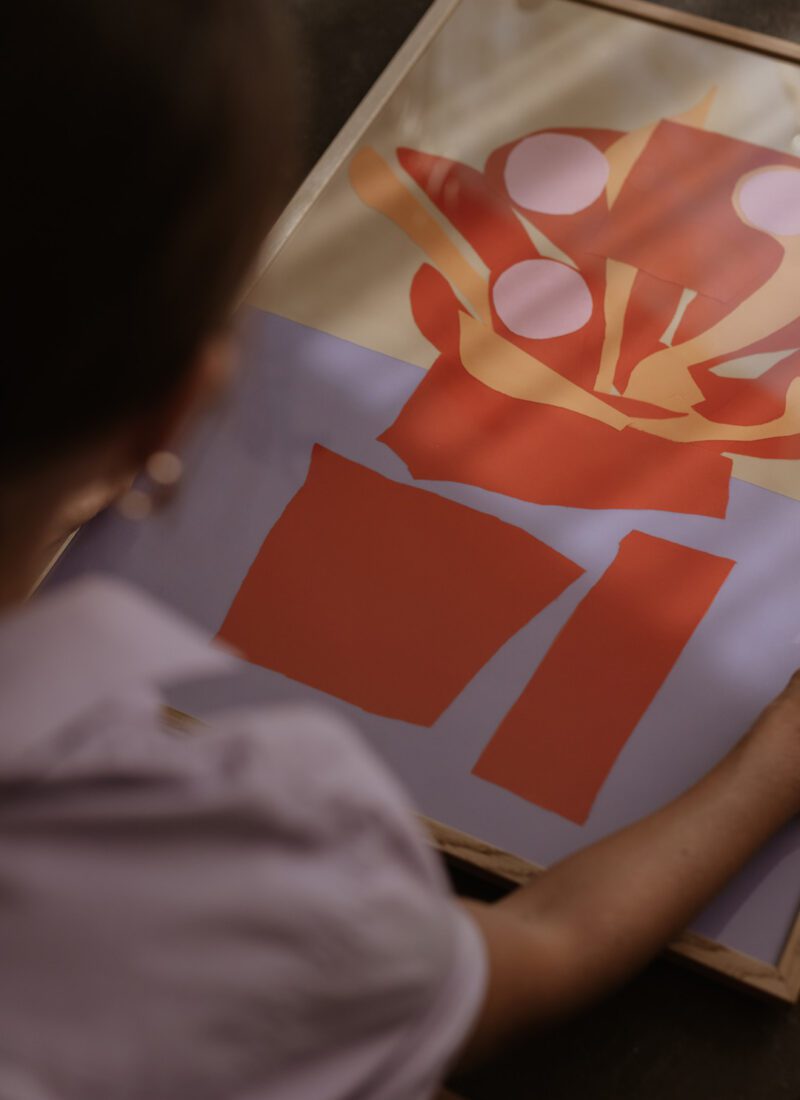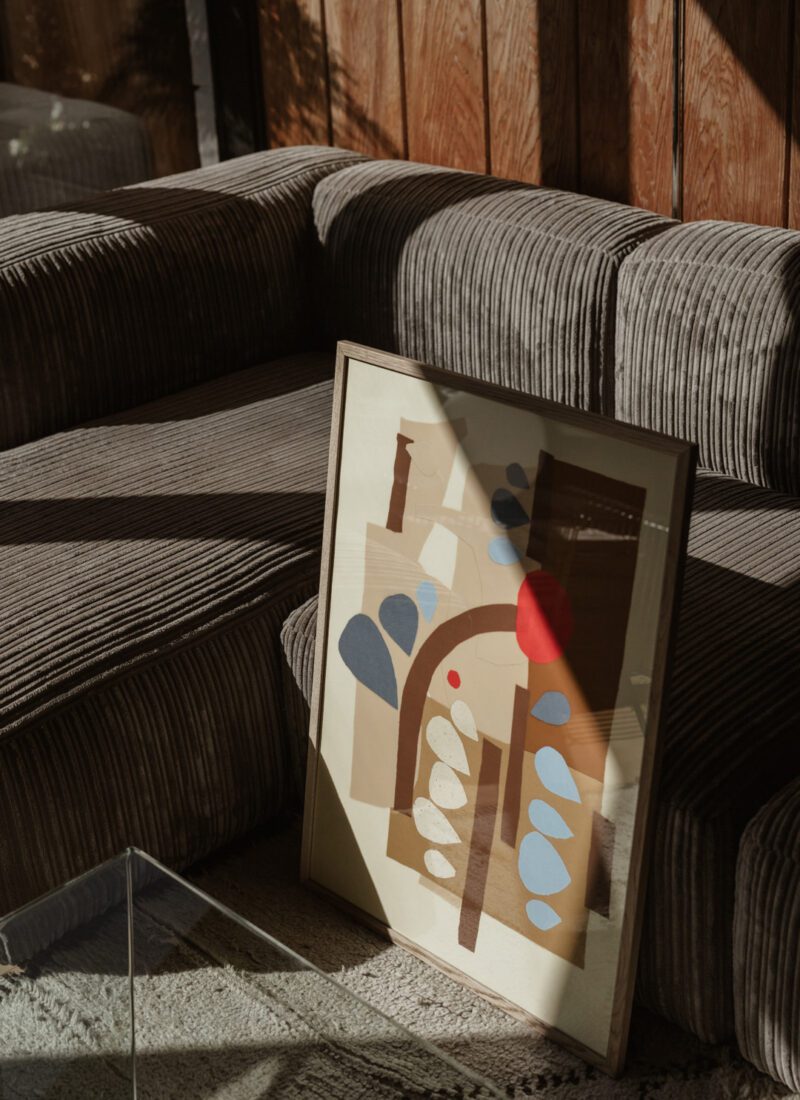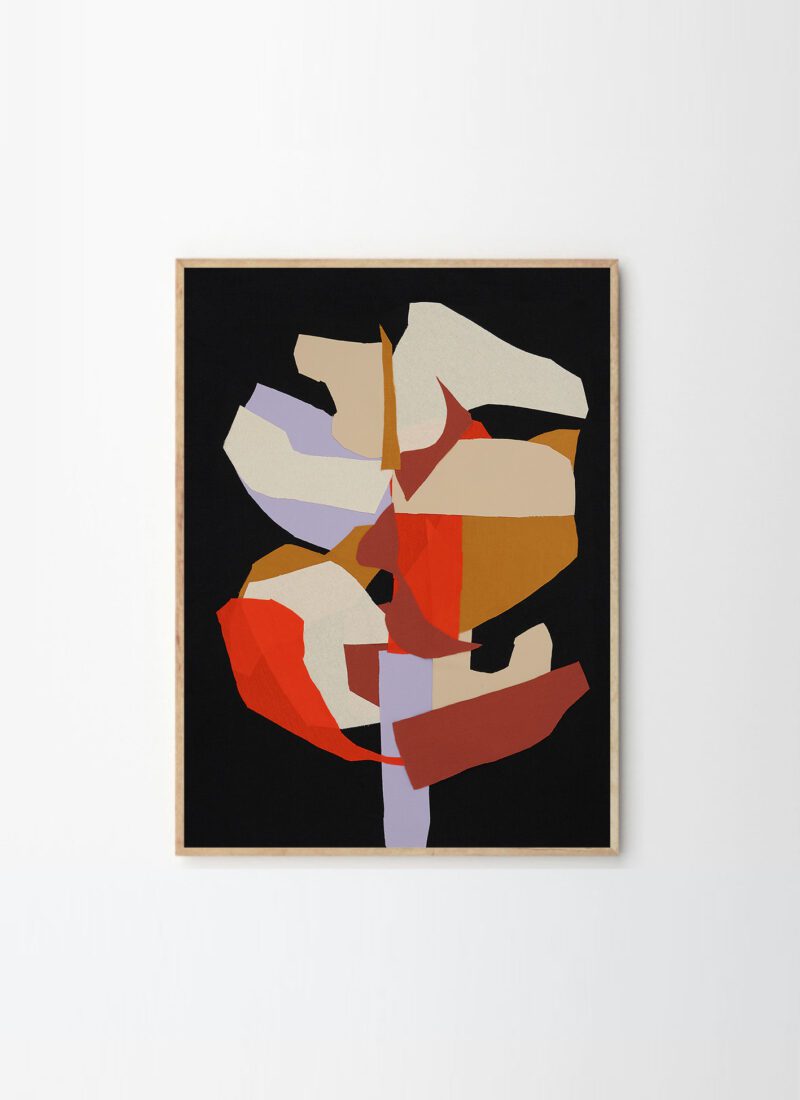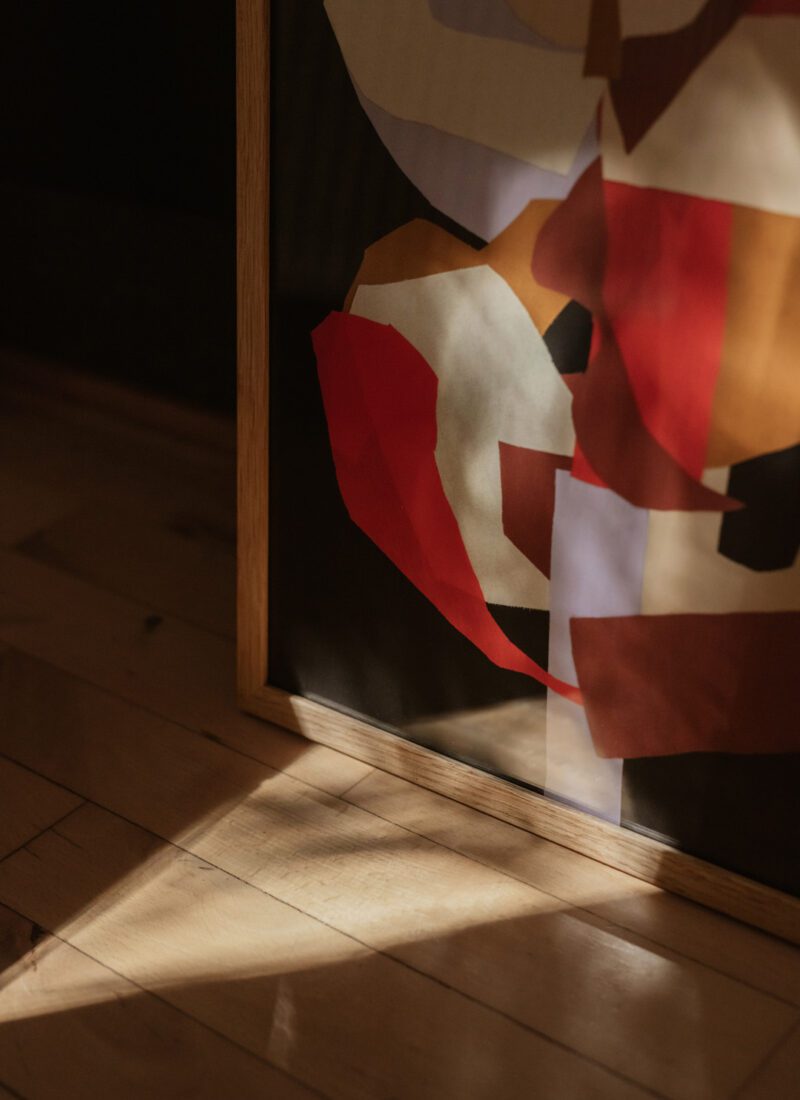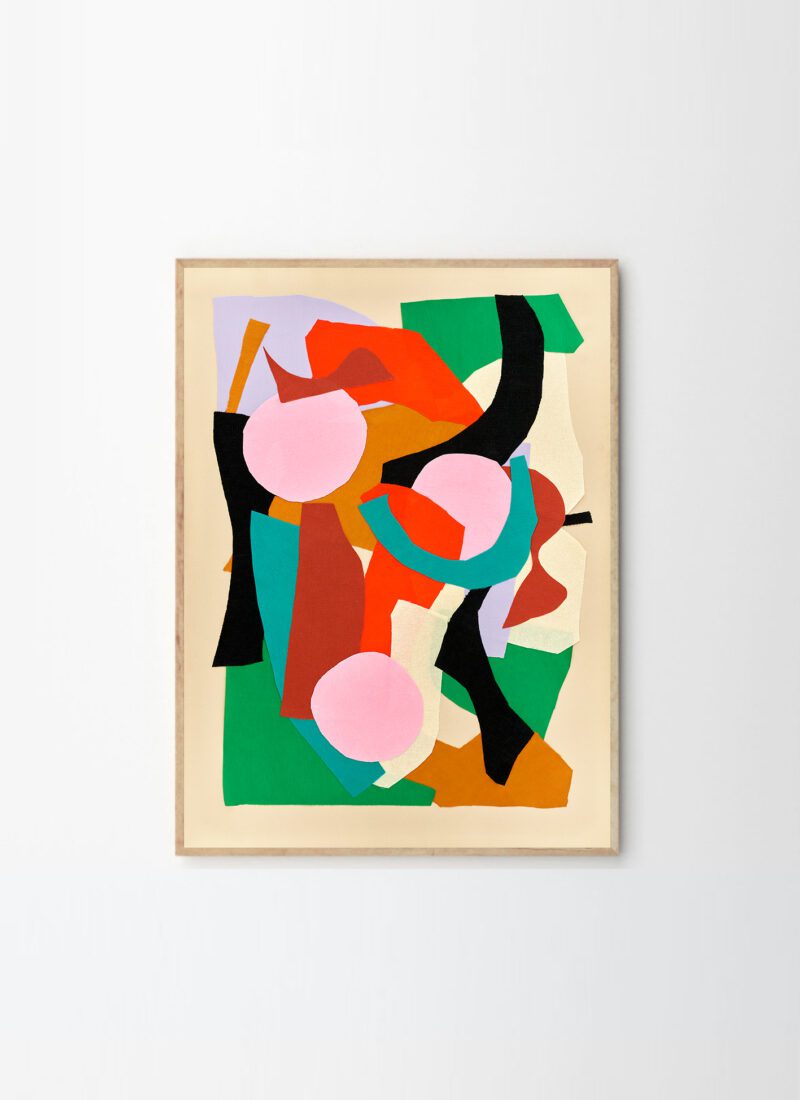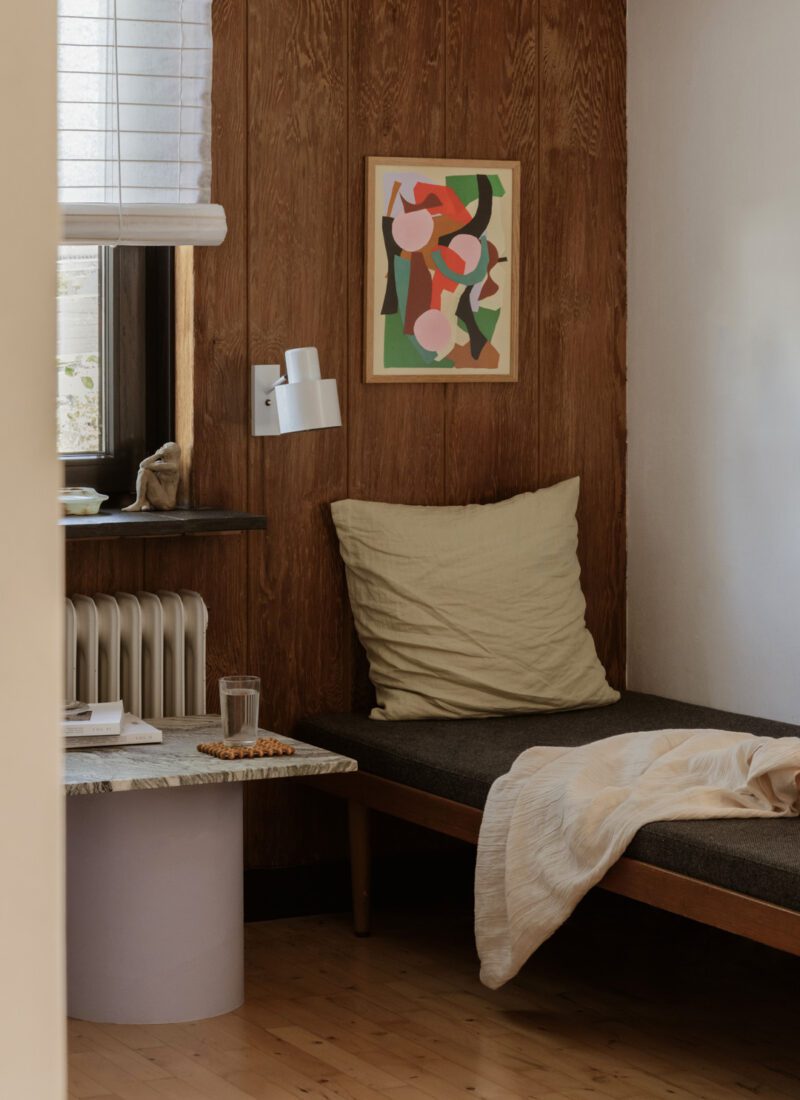Exploring New Pathways with Atelier Cph
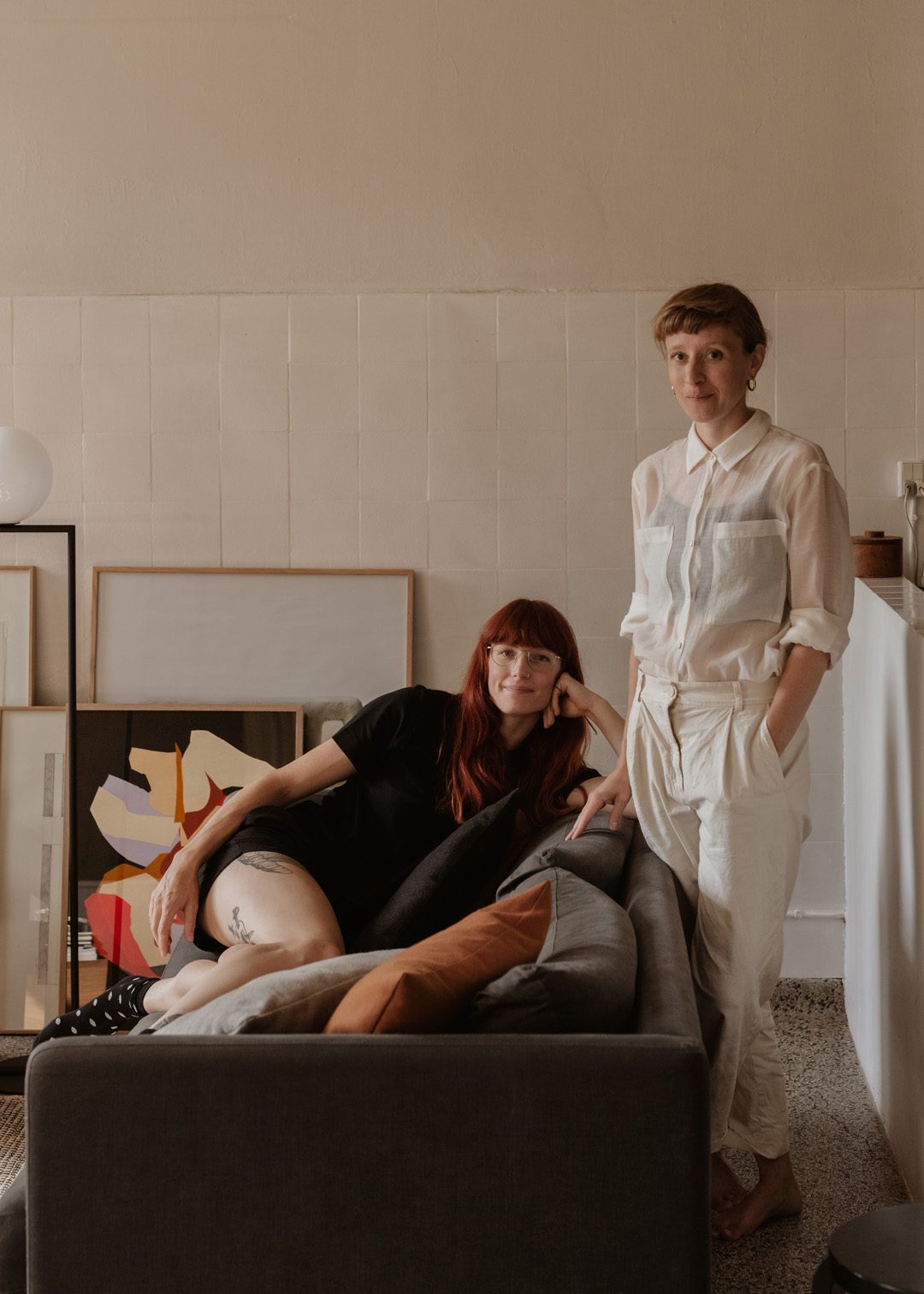
Collecting Memories
Creative Conversation
It starts out almost like a treasure hunt. Wherever they go, they collect: In local secondhand shops, on their travels or in the backyards of their homes. It is a process of collecting the skeleton of what will eventually become a new series of artworks.
Sara Ingemann and Mandy Rep — the artistic duo behind Copenhagen-based design studio Atelier Cph — have utilised the same process to create the exclusive The Garden Collection. Over the past six months, they have collected, curated and explored in order to create a selection of six new artworks. And almost from the beginning, they knew that this collection would be different.
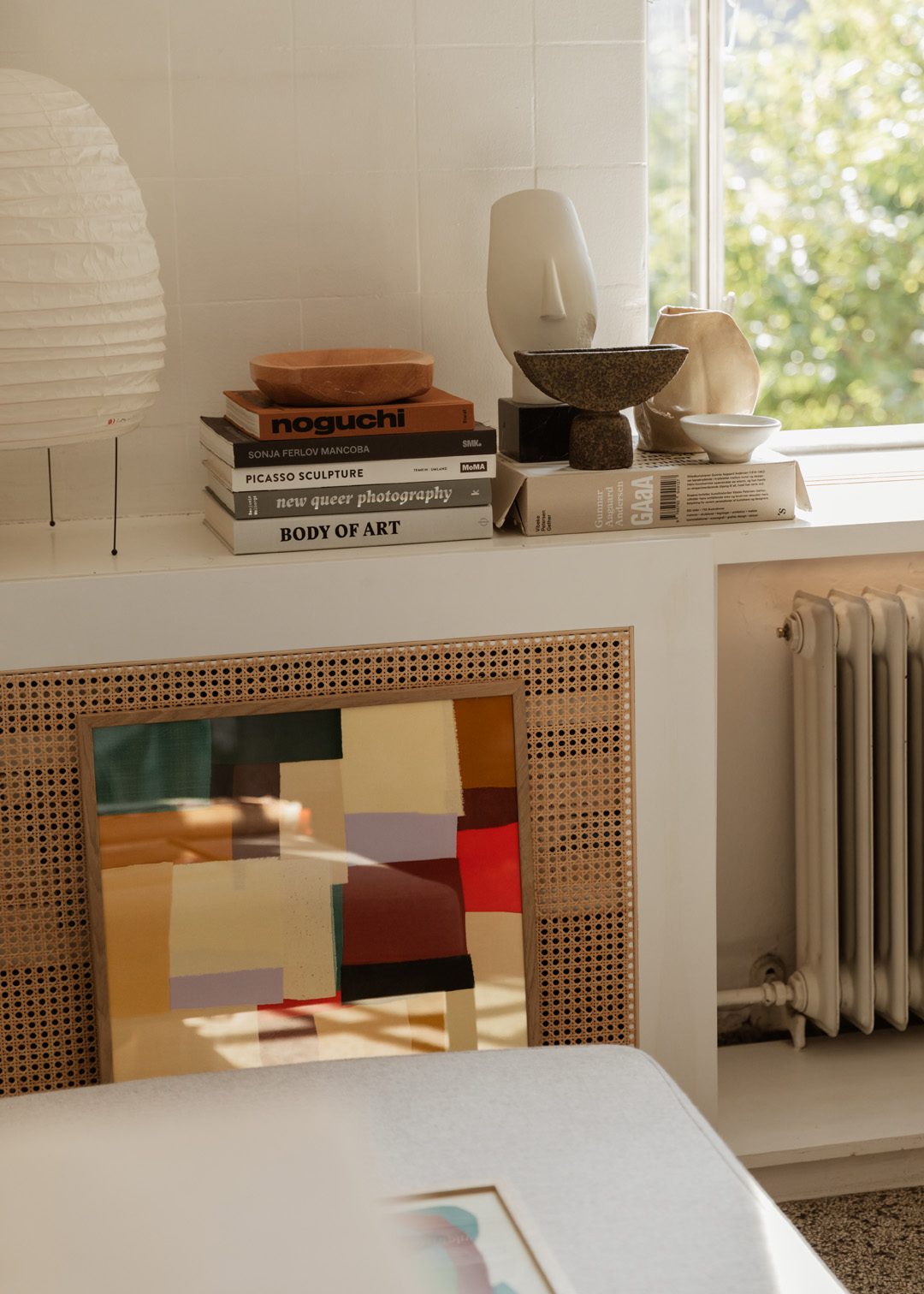
The Colour Green
“We have actually never used the colour green before.” Sara confides when asked about the new collection. “Or in fact used this many colours together.”
Usually, the work of Atelier Cph is widely known and renowned for their minimalistic approach, using mainly beige, brown and white tones to create subtly intricate works inspired by their travels and architecture. But for The Garden Collection, they wanted to explore a completely different path.
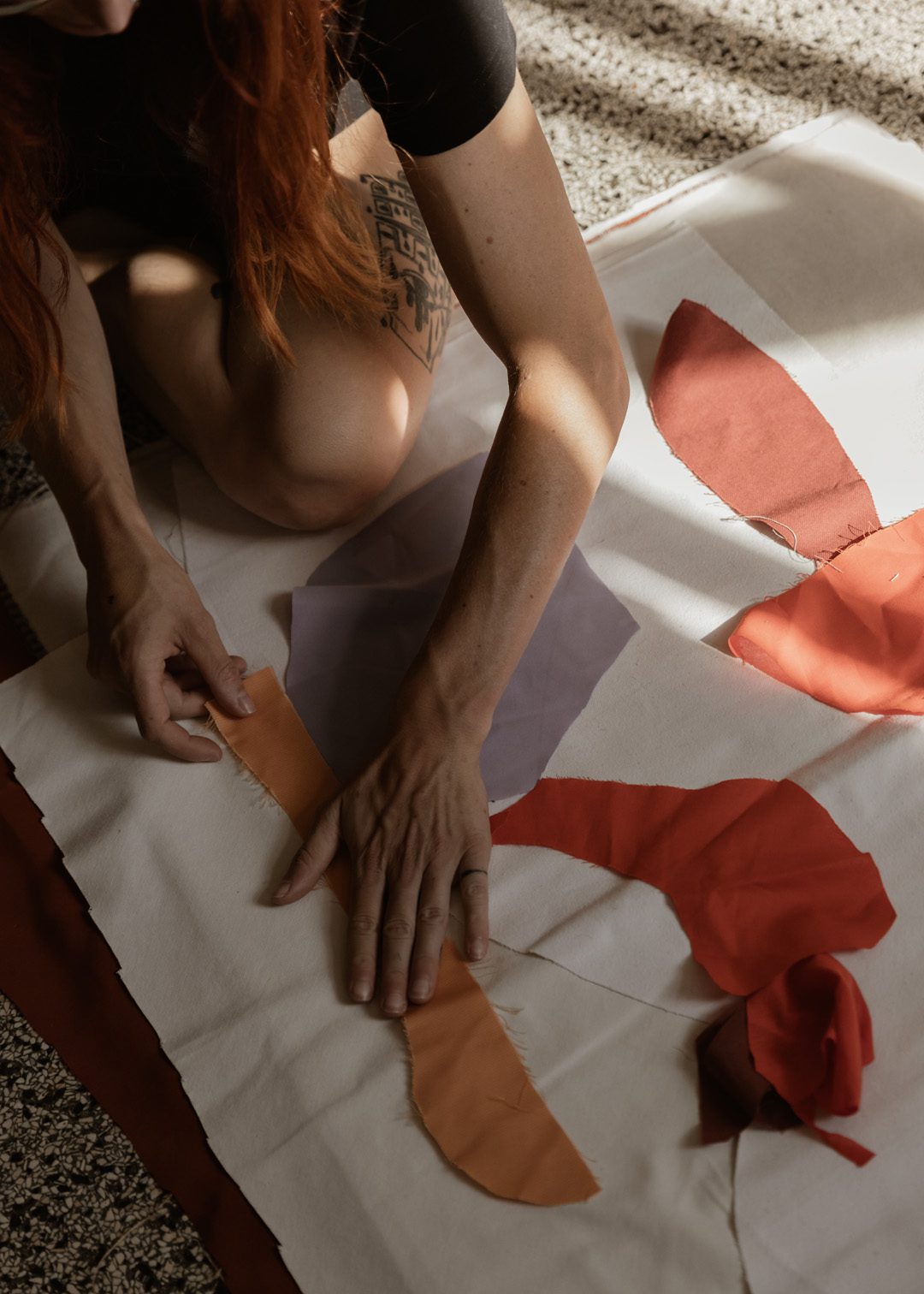
Instead of seeking out new venues, the two creatives stayed close to home. Mandy lives in Hareskoven — a place of lush greenery north of Copenhagen — and Sara explored the isolated surroundings of her summer house. Rocks, sticks, leaves, organic shapes and curious objects quickly accumulated. So when Mandy returned from a trip back home to Holland with a bag of green textiles handed down from her mother, it seemed like an inevitable colour to compliment their organic findings.
“When my mother heard about our new project, she started gathering all sorts of textiles. But it was especially the greens that caught our attention. We knew we had to use them and harvest the many different nuances to create depth and movement in our work,” Mandy explains.
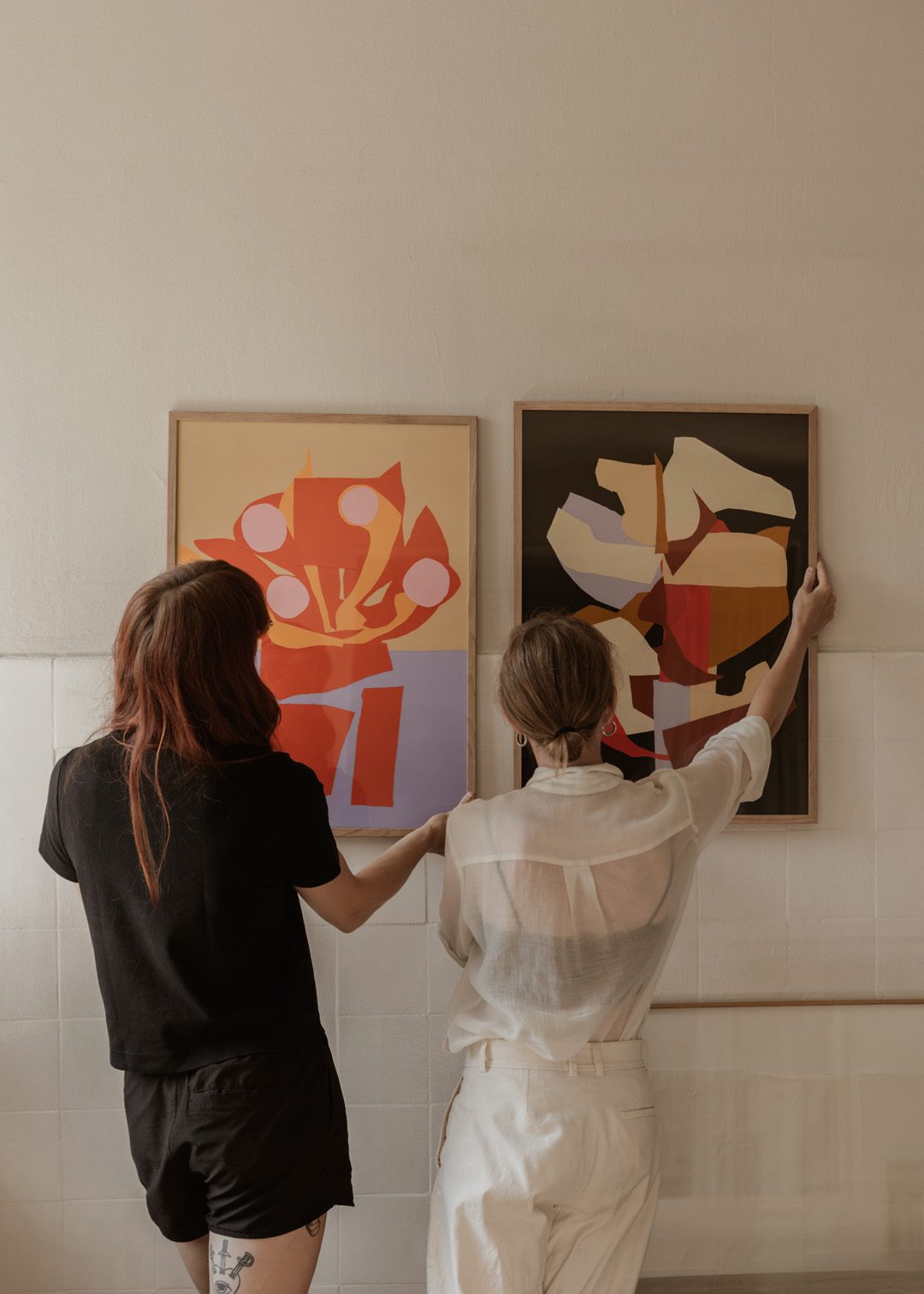
Quiet Optimism
With the new colours and shapes, The Garden Collection showcase a quite different direction for Atelier Cph and their previous work. And it is no secret that it proved to be more challenging than they had expected.
“We were out of our depths,” they say, but explain that they kept finding common ground in nature and its inherent sense of connectedness. And so the natural origins of the materials they had collected became the outline of their work.
“Our art and visual designs are always inspired by something tangible like a building or the afternoon light. But we don’t reproduce it. Instead, we like to work creatively with the forms and materials we collect, warping them into our own abstraction of what we see and experience,” Sara explains.
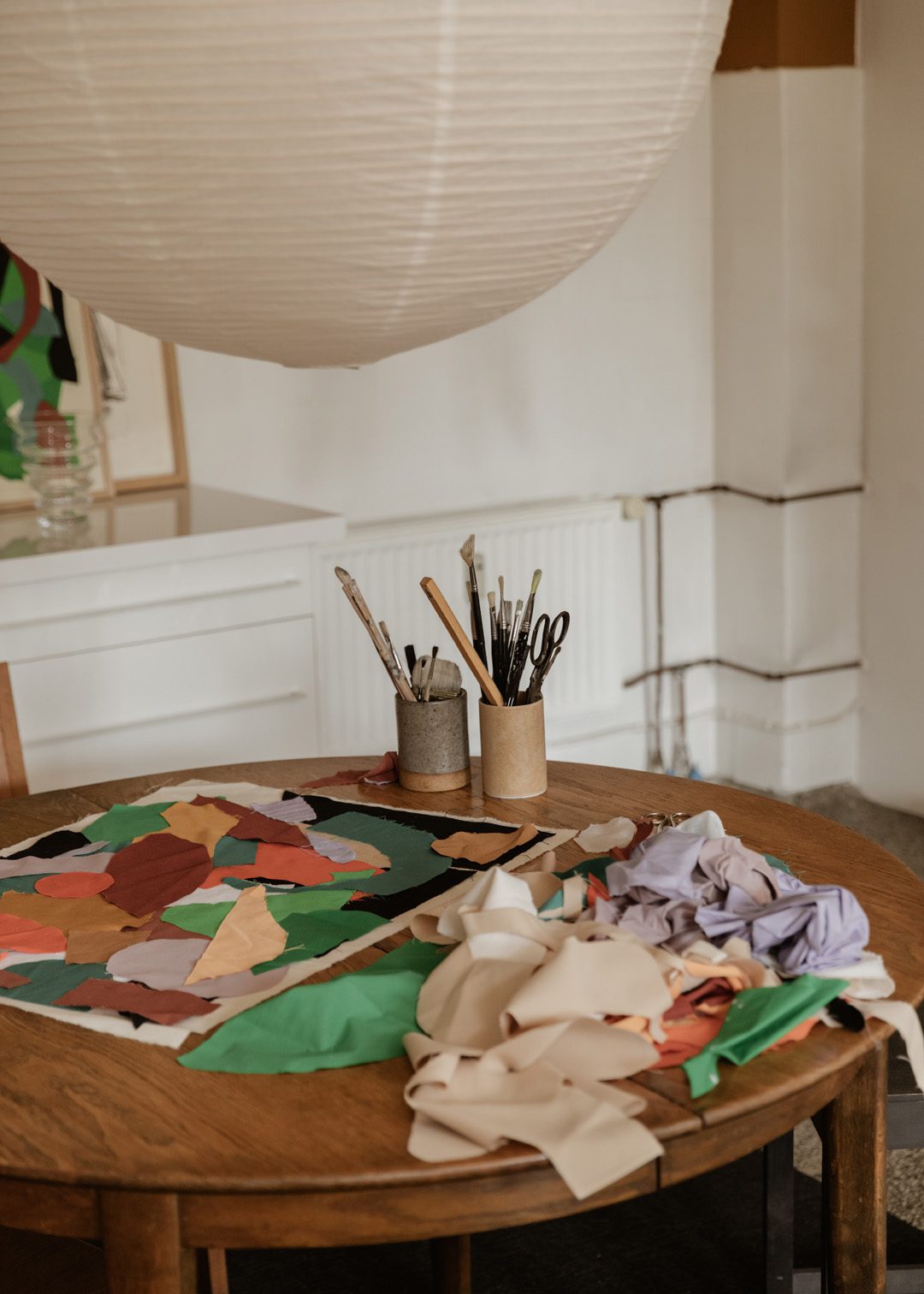
Usually, the two creatives find inspiration in the timelessness of architecture, especially when travelling. However, with limited travelling and some degree of isolation, it is the colours of nature, the delicacy of florally landscapes and organic forms, that have shaped their newest collection.
The Garden Collection now carries a somewhat important message for the two creatives: That even as the world turns more and more chaotic, we can still find places of joy. “With The Garden Collection, we realised that we wanted to create something more playful — something more optimistic even.”
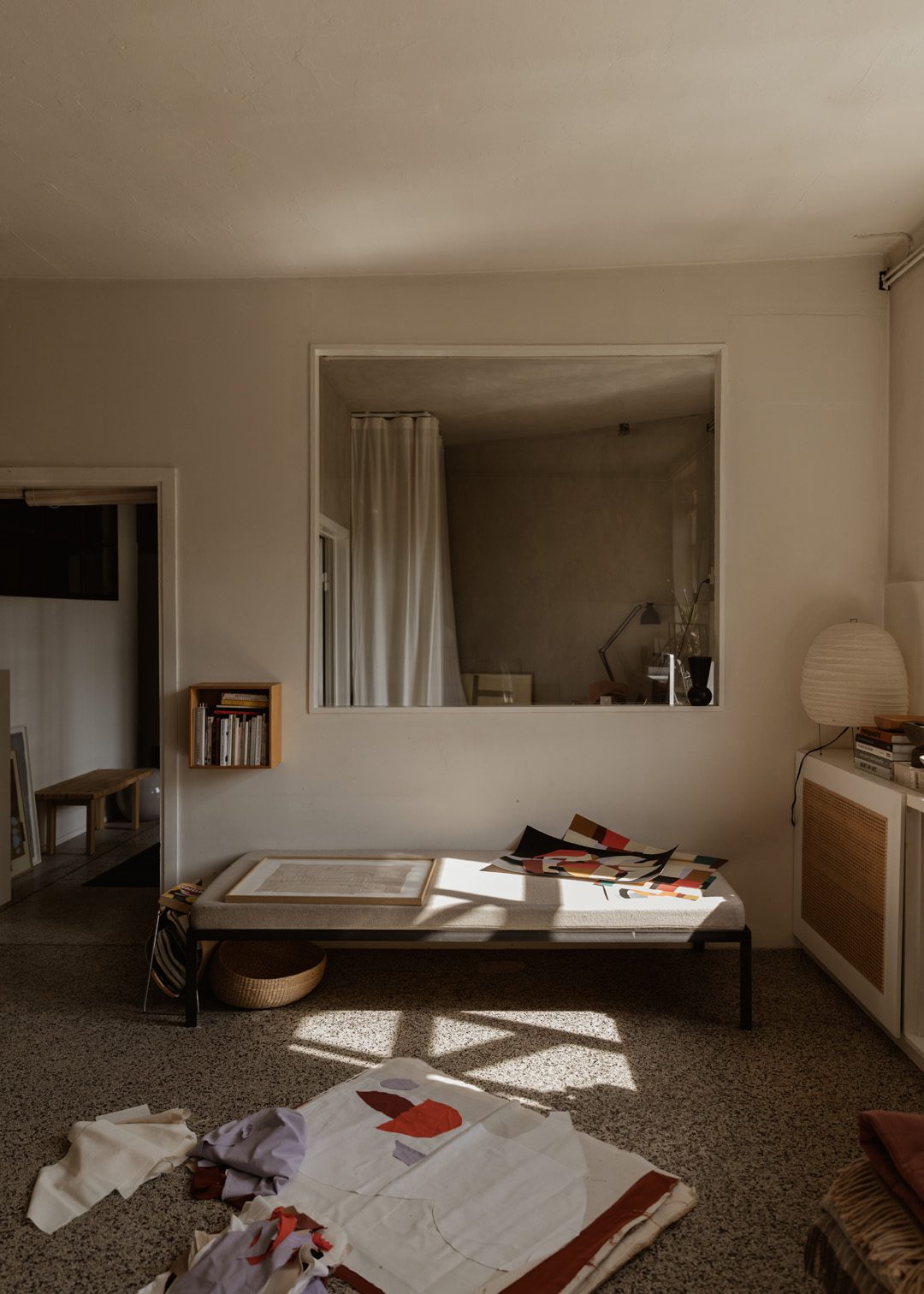
When Materials Hold Meaning
Using only what they have been able to find in secondhand shops or in nature have put a natural limit to their resources. However, the recycled materials carry great value for Sara and Mandy and it is an integral part of their work: It is like the rocks you collected as a child during your summer holidays or the feeling of your mother’s favourite dress. The materials end up holding a special meaning.
“It is so important for us to use materials that have a history of their own,” Sara says. “It brings life to our work.”
The creative duo continues to muse about how experiences and emotions are layered in physical materials — and how even if we cannot see it, it is still there adding an extra dimension to the finished work.
“We pay great attention to detail. It might only be something we see or know ourselves, but it is our conviction that it is felt by the viewer. It is like collecting memories and giving them a physical form.”
